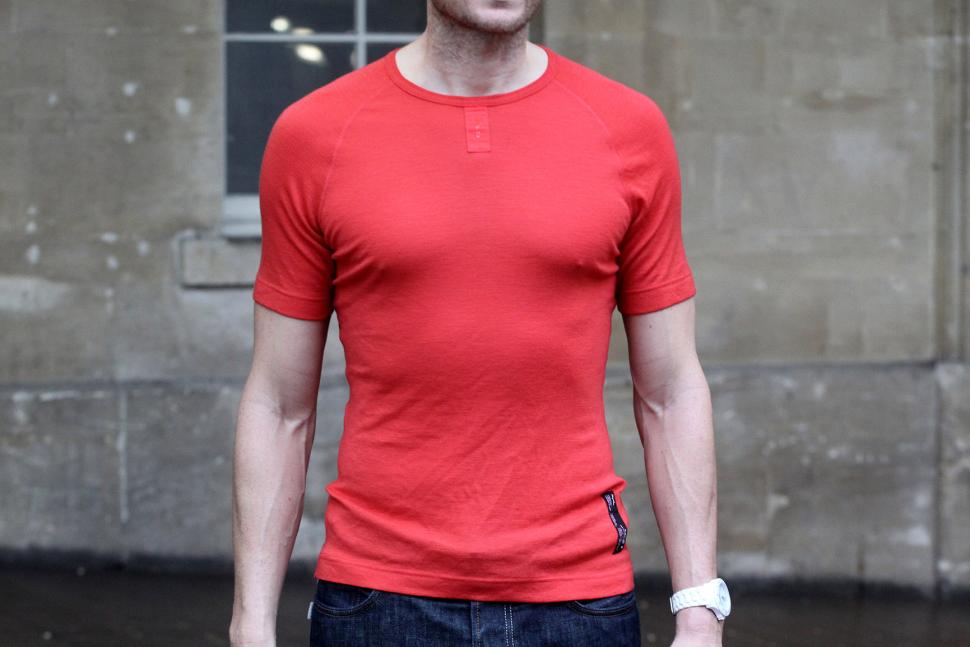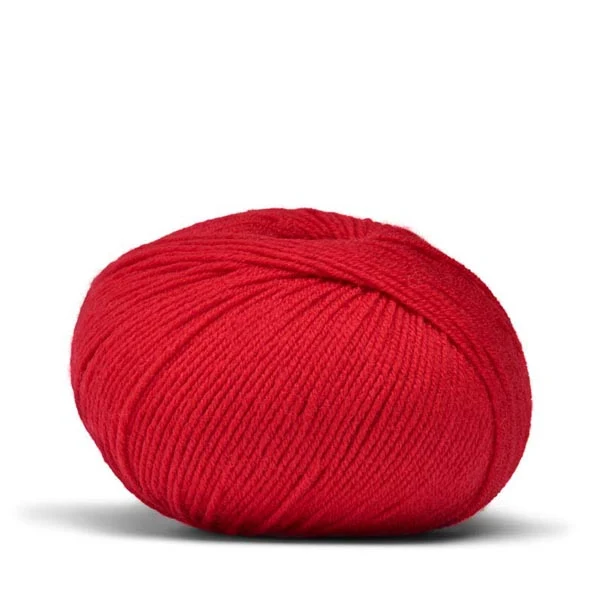Recommended Tips For Selecting Bamboo Clothing
Wiki Article
Why Is Yak Merino A Great Base Layer For Winter Sportswear?
The natural fibers and environmental sustainable nature of Yak Merino Wool Base Layers makes the perfect choice for winter sports clothing.
Both Merino and Yak are organic fibers that are that are derived from animals. They are both renewable resources that can be sustainably harvested without harming the animals. These fibers are biodegradable, which means that they break down naturally without causing environmental harm.
Low Environmental Impact
Natural fibers are less polluting than synthetic ones. The cultivation and harvesting of wool require less chemical processes and are not dependent on resources that are not renewable compared with synthetic fibers.
Energy Efficiency
Wool fibers are made with less energy as compared to synthetic fibers. The energy required during the process of manufacturing natural wool is significantly lower, resulting in less carbon emissions.
Reducing Microplastic Pollution
Natural wool fibers aren't able to pollute water bodies with microplastics like synthetic fibers.
Durability, Recyclability, and Longevity
Yak merino clothes can last many years, and are extremely durable. Additionally, wool fibers can be reused or recycled to reduce the amount of waste and impact on the environment.
Sustainable Practices
Certain wool producers use ethical and sustainable practices. This includes ensuring animal welfare and responsible management of the land. They also guarantee decent working conditions and fair working conditions for employees involved in the production process.
Environmental Certification-
Insuring consumers about the sustainable production of wool is a way to demonstrate this through a certification like the Responsible Textile Standard (GOTS) or the Global Organic Textile Standard.
The yak merino base layer are environmentally sustainable because they are made from natural and renewable sources, and incorporate ethical and sustainable practices in the supply chain. When you choose natural fibers like yak merino winter sportswear and accessories, you're promoting environmentally responsible and sustainable consumption practices. View the top merino wool base layers for site advice including merino base layer cycling, baselayer bottom, smart wool baselayer, men's wool leggings, merino wool base layer mens, merino wool mid layer, wool base layer, smartwool merino 250 base layer, merino wool base layers, ski base layer womens and more.

What Are The Benefits Of Bamboo Clothing For Outdoor Winter Clothes In Terms Of Durability, Comfort And Security?
Durability, comfort and security are the main advantages of bamboo clothing for outdoor winter wear.
The soft texture and softness make it gentle for the skin. Its soft and luxurious feel is frequently similar to silk or even cashmere.
Bamboo fibers are wicking properties that draw moisture from the skin to keep you comfortable and dry during exercise.
Thermal Regulation- Bamboo clothing has natural temperature-regulating properties, providing warmth in winter while remaining breathable to prevent overheating.
Sustainability-
Bamboo is a natural resource which can be used to grow quickly and with little pesticides. It regenerates quickly and is therefore a good option for clothing that is sustainable.
Low environmental impact - Bamboo farming is typically less water-intensive than traditional cotton farming and doesn't diminish soil nutrients. Bamboo absorbs and emits more CO2 than other plants.
Protection for Outdoor Wear-
UV Protection - Bamboo fabric is a natural source of UV-resistant properties that offer protection against harmful UV rays.
Bamboo has natural antibacterial properties called "bamboo-kun," that help to stop the growth of bacteria that cause odors. The clothing stays fresher longer while outdoors.
Other Benefits
Bamboo fibres are tough and durable. They are ideal to make outdoor clothing exposed to wear and tear.
Biodegradability - Bamboo clothing can be biodegraded, which means it will degrade by itself at the end of their life cycle. This minimizes the environmental impact.
Bamboo fabric used in winter outdoor clothing offers many benefits, including comfort, thermal regulation. moisture management and sustainability. View the best article source on bamboo clothings for website tips including halloween bamboo pajamas, lisa frank bamboo pajamas, bamboo clothing underwear, carter's bamboo pajamas, bamboo viscose pajamas, bamboo fabric clothing, organic bamboo pajamas, childrens bamboo socks, ladies bamboo tops, bamboo undergarments and more.

What Is The Texture, Warmth And Absorption Of Bamboo Or Merino Compare To That Of Wool?
Texture is the most important element to be considered when comparing the merino garments to traditional bamboo and wool clothing.
Merino Wool Merino Wool Merino Wool is renowned for its softness and very fine fibers. It has a more smooth, less scratchy feel compared to other types of wool. It is often regarded as more comfortable against the skin.
Bamboo Clothing Bamboo fabric is soft and silky. It's often compared with luxury materials like cashmere or silk. The fabric is soft, which makes it ideal for comfortable fit.
Traditional Wool Traditional Wool is available in a variety of different textures. Some are more coarse than others and could cause discomfort or itchiness.
Warmth-
Merino Wolle Merino fibers are great insulators and provide warmth. It holds heat even when wet, and can be an effective insulation for cold weather.
Bamboo Clothing is warm as well but isn't as protected as merino. But, it manages the body temperature effectively, ensuring the comfort you need in all conditions.
Traditional Wool- Similar to wool from merino sheep wool traditionally provides warmth and insulation. Traditional wool is heavier than merino and bamboo clothing.
Moisture Absorption-
Merino Wool Merino Wool's moisture-wicking property allows moisture to go away from the skin. It stays warm even if wet.
Bamboo Clothing- Bamboo fabric is also able to wick moisture away, drawing moisture away from the skin and offering comfort during physical activities. It is able to regulate moisture, keeping the wearer dry.
Wool is not as moisture-wicking as bamboo or the merino. Some types of wool can be heavy and spongy when wet.
Summary, merino is been praised for its softness, warmth and effective moisture wicking. Bamboo clothing has a soft and smooth feel, ample warmth, and good moisture control. The texture of wool is a bit different and it can be utilized to give warmth, moisture absorption and a soft feel. But it could feel more coarse and heavy in comparison with merino clothing or bamboo clothes. Each material offers unique features that are crafted to fit different needs and preferences. Check out the most popular merino wool base layer hints for more tips including best mid layer skiing, wicked wool base layer, smartwool men's classic thermal merino base layer crew, merino wool long underwear mens, ski layers womens, wool mid layer, smartwool quarter zip, airblaster merino ninja suit, ice breaker thermals, wool thermals and more.
